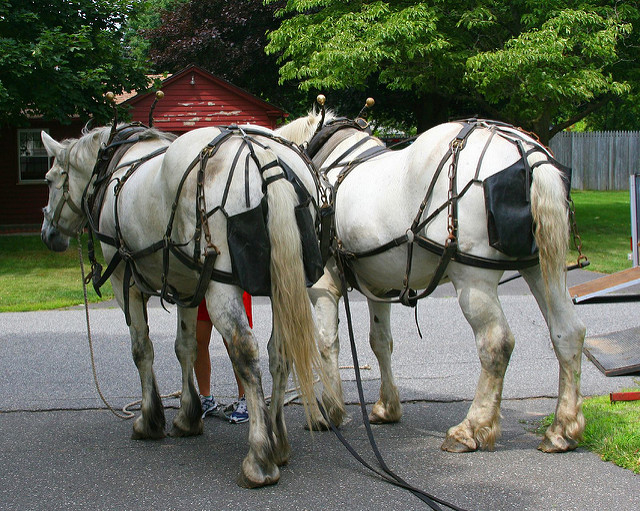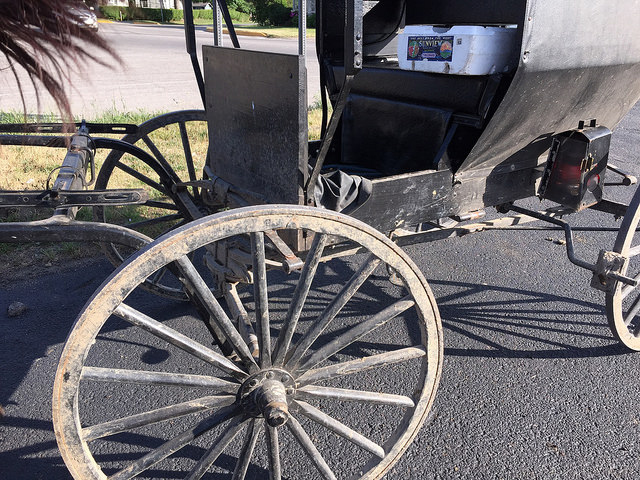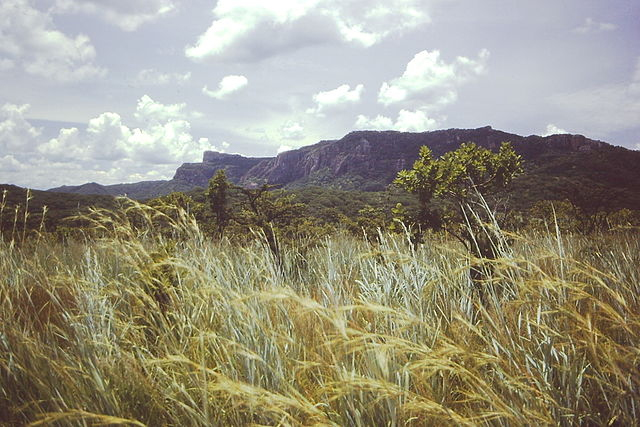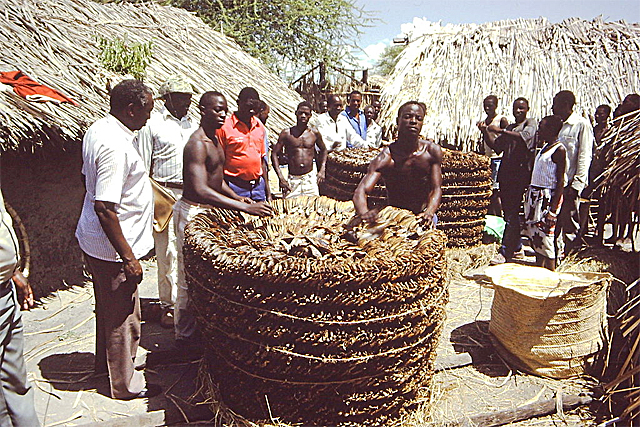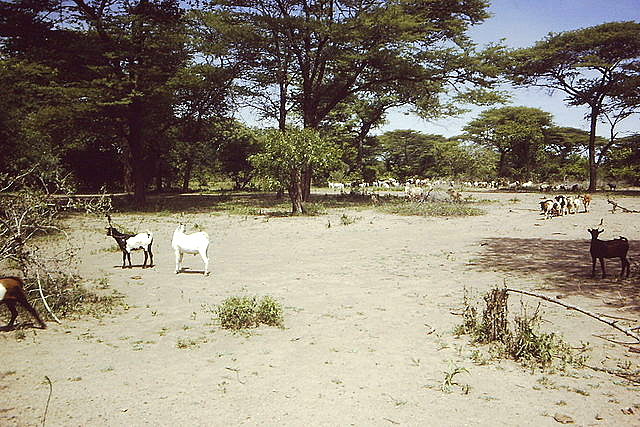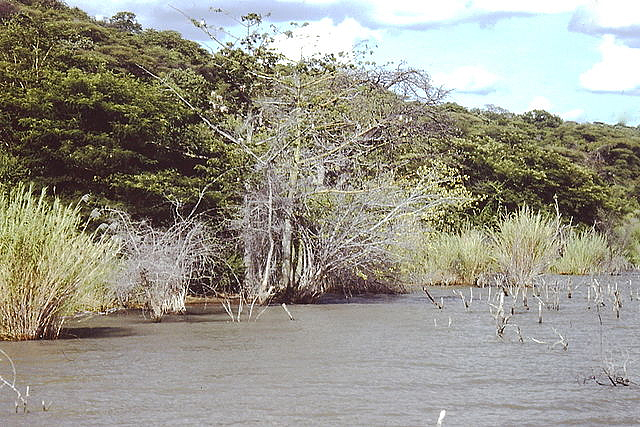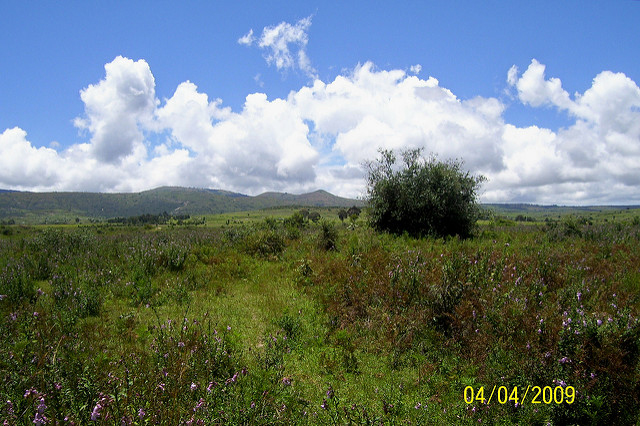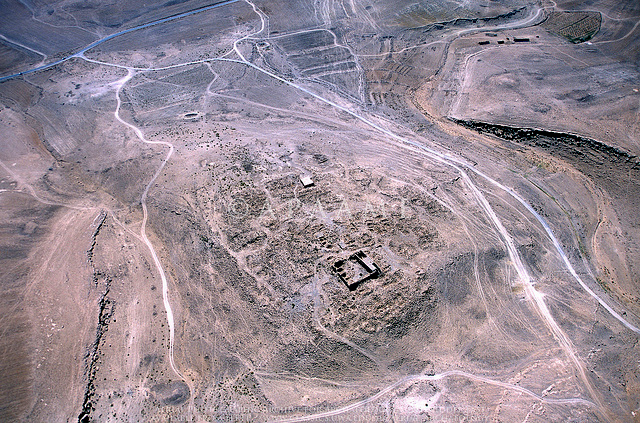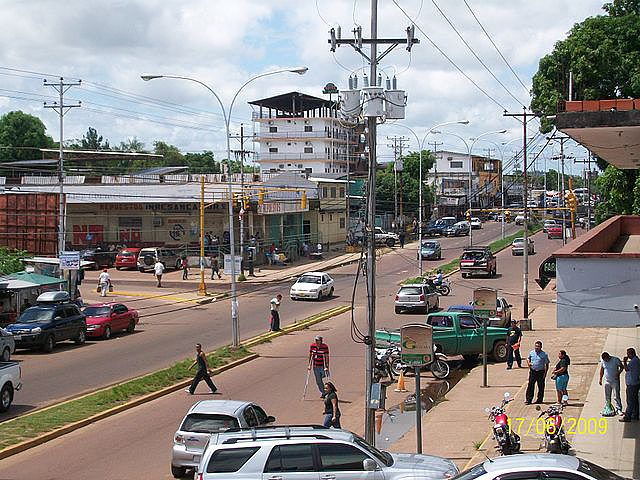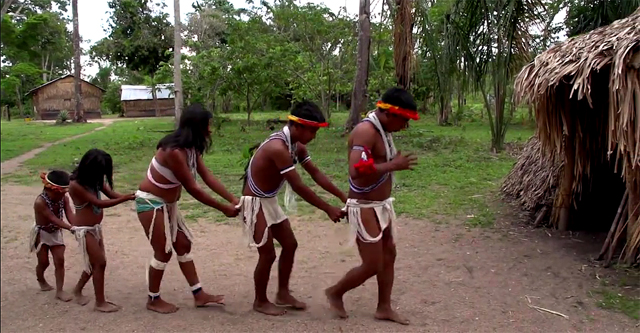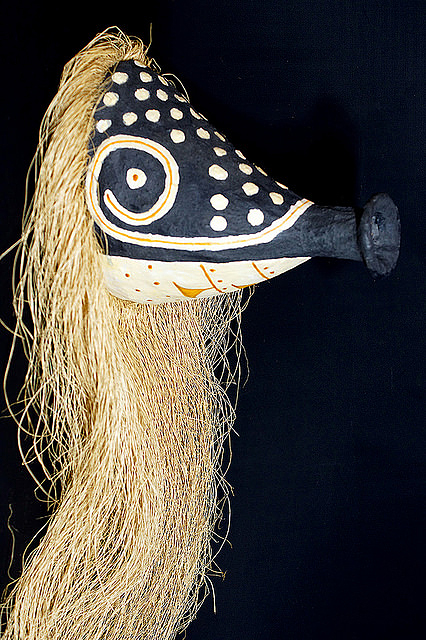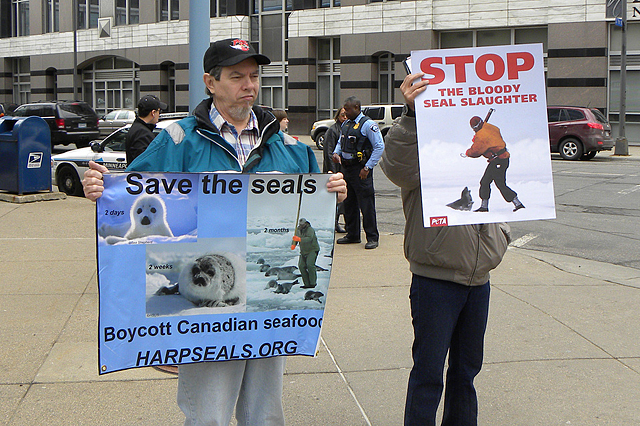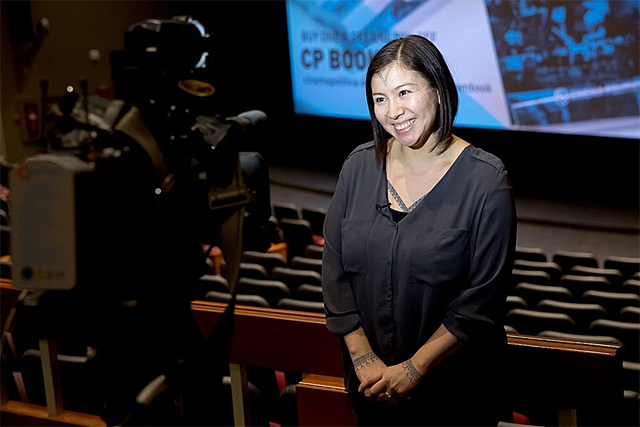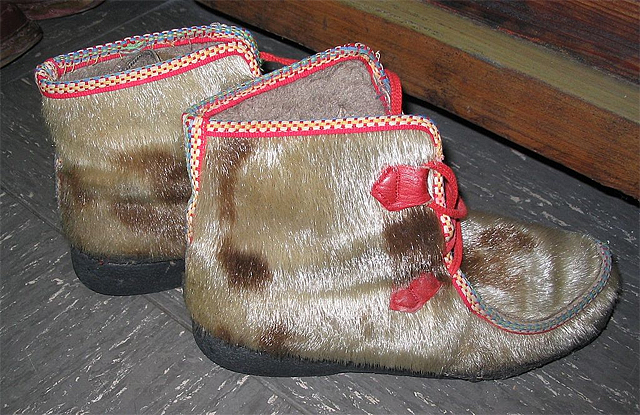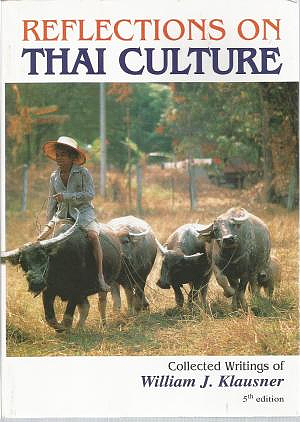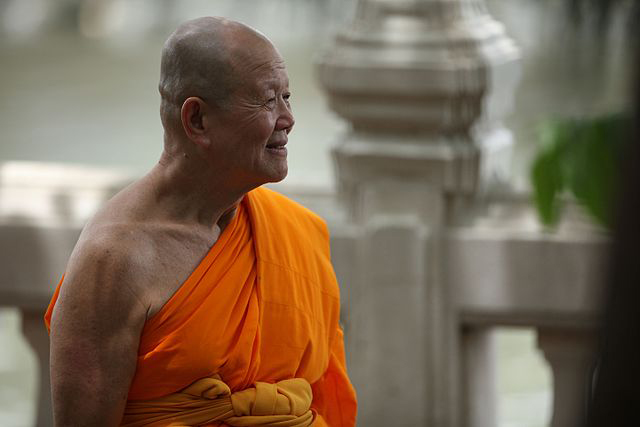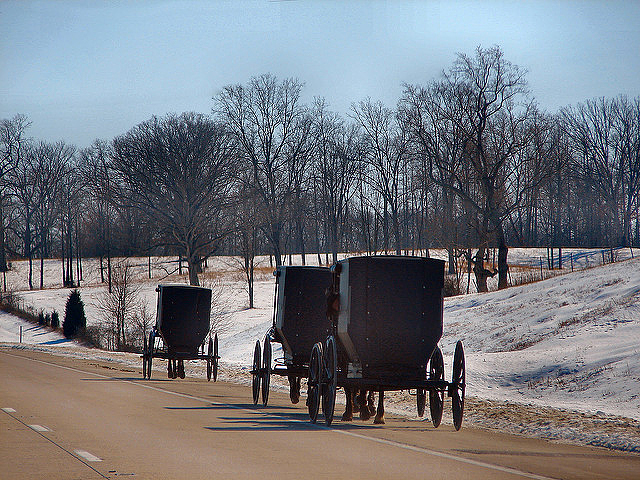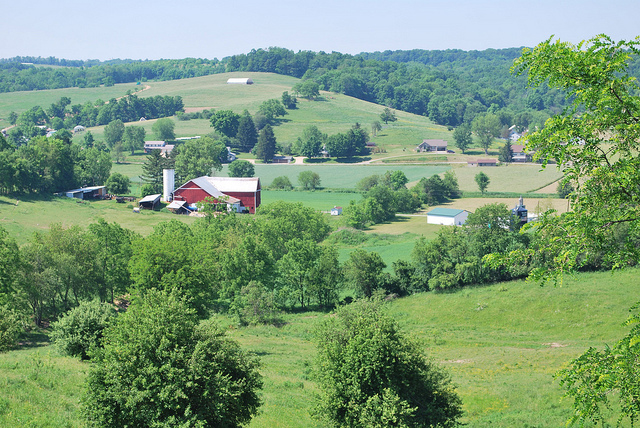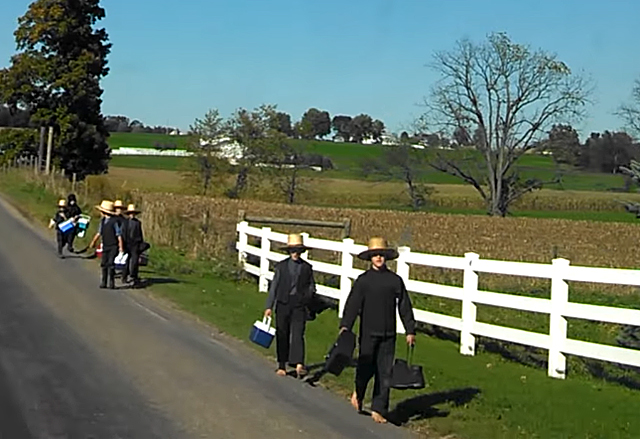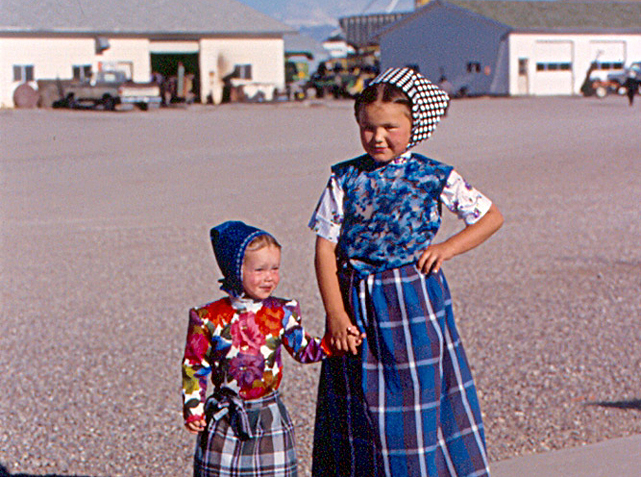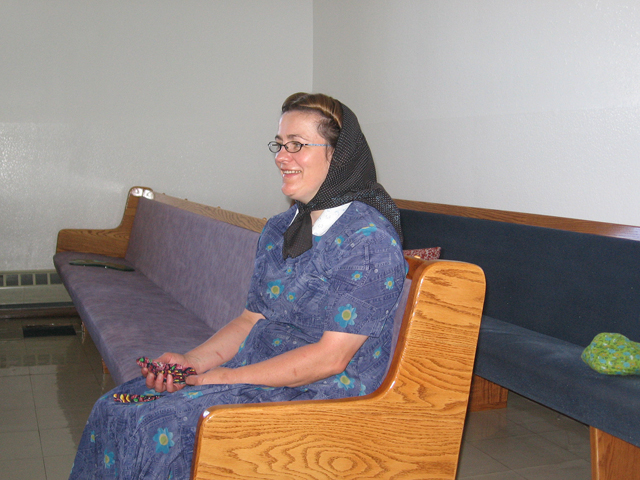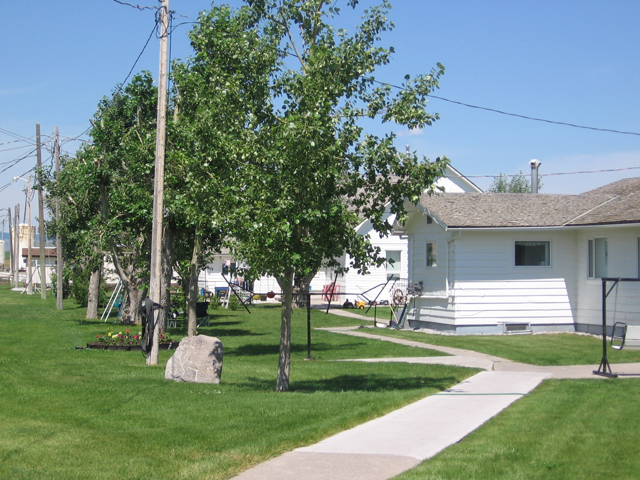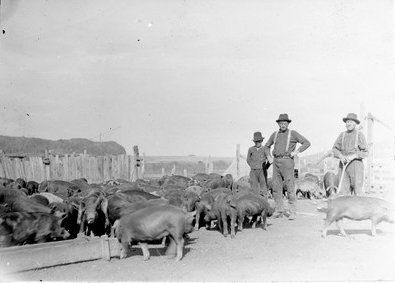Despite all the problems suffered by the Nubians in Egypt, at least the Nubian Museum in Aswan celebrates their thousands of years of rich history and civilization. An article last week in The Arab Weekly highlights some of the treasures in the museum and the meaning of them for the Nubian people.
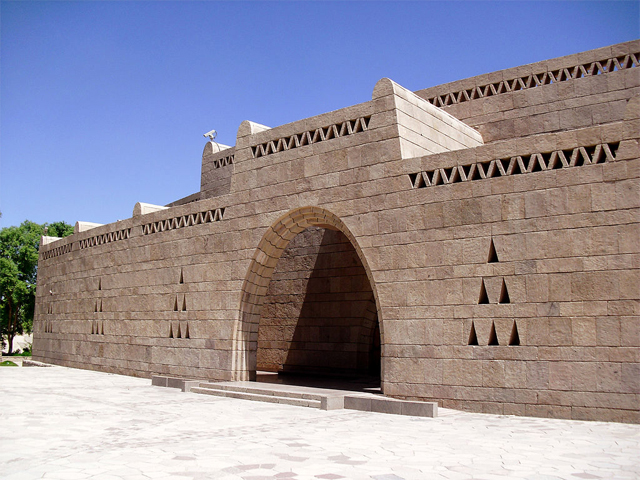
The museum building, located on a cliff overlooking the Nile, was opened in 1997 and it won an important architectural prize in 2001, the Aga Khan Award for Architecture. The museum has three floors, 7,000 square meters, with adjacent grounds of 50,000 more. The building was designed with narrow windows to minimize the amount of heat that could come in from outside.
The article quotes Awad Hassan, a scholar of Nubian history, as saying that the museum is important for securing in one place the artifacts of Nubia, which would either be scattered or lost without it. “The museum is the Nubians’ window into their own history,” he said. It exhibits rare works from both modern and ancient times.
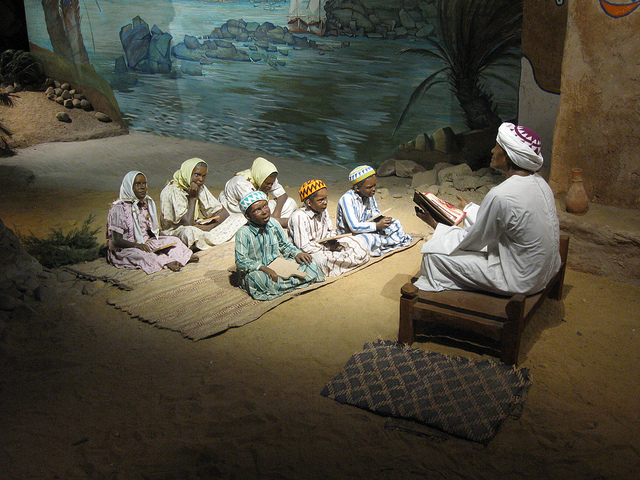
The museum has over 5,000 artifacts in its collections, such as a solar calendar, probably the oldest in existence, which is believed to be over 13,000 years old. It also has exhibits about the modern history and culture of Nubia. The collections include statues, pottery, mummies, jewelry, and many other items. Many artifacts were recovered from ancient historic sites and temples located under the water of Lake Nasser by antiquities teams supported by UNESCO; they have suffered from water damage. The museum exhibits different types of rock-hewn burial tombs that were common in Nubia.
The museum library, on the ground floor, has a collection of ancient manuscripts from throughout Egyptian history. In the basement, restoration experts and students work to repair important ancient artifacts. Experts from around the world work in the museum to document Nubian history.
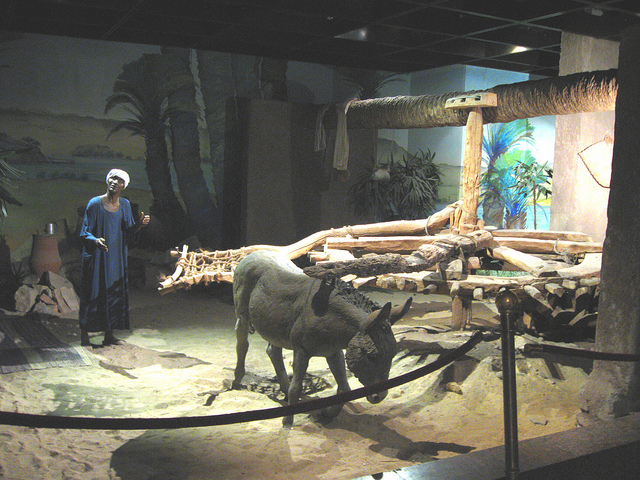
Only elderly Nubians would now remember life in the villages of Old Nubia before the closing of the Aswan Dam and the formation of Lake Nasser in 1964, but their children and grandchildren are using the museum to connect with their roots and the works of their ancestors. For instance, the display of a horizontal, donkey-powered wheel in the museum (see the image), probably a water-wheel, should connect visitors to the importance that water-wheels played in the village culture of Old Nubia. El Zein (1966) pointed out that water-wheels not only provided water to their fields above the Nile, they were also critically important as a means of maintaining cooperation, unity, and stability in the villages.
Water-wheels were complex pieces of machinery so they tended to be built by a number of families working together. The men worked cooperatively and owned the resource—the river water raised by the devices—in shares. The water-wheel economic system and the ways the shares were allocated prohibited subdivisions and disputes over the resource, El Zein argued. That forced on the community a cooperative economic system that fostered stable and equitable sharing of the land and the wealth it provided. While the water-wheels provided irrigation, they also prevented fragmentation of the land, perpetuated a social system that tied the community together in cooperative partnerships, and helped to minimize disparities in wealth among the villagers. Fernea (1973) agreed—the peacefulness of the Nubians was based, in part at least, on an economy supported by the water-wheels. The Nubian Museum displays that heritage.
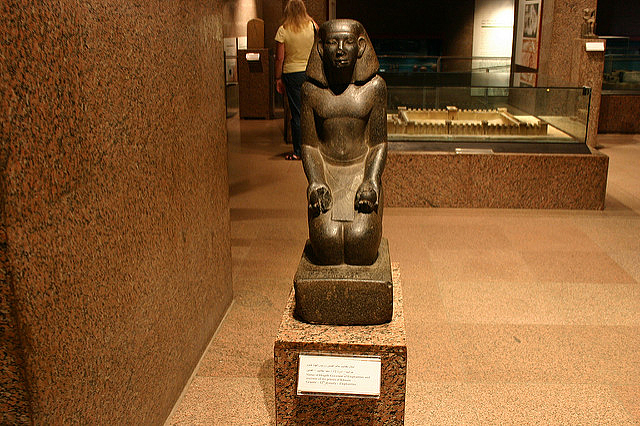
A Nubian housewife from Cairo in her early 40s, Enas Gamal, told The Arab Weekly that she was thrilled at being able to visit the museum. The reporter did not indicate if she had viewed the displays of life in Old Nubia, but all of the beautiful things she saw in the museum far exceeded what she had expected from the reports and recommendations of other visitors. What her friends had told her “were an understatement compared to the beauty I saw inside,” she said.
